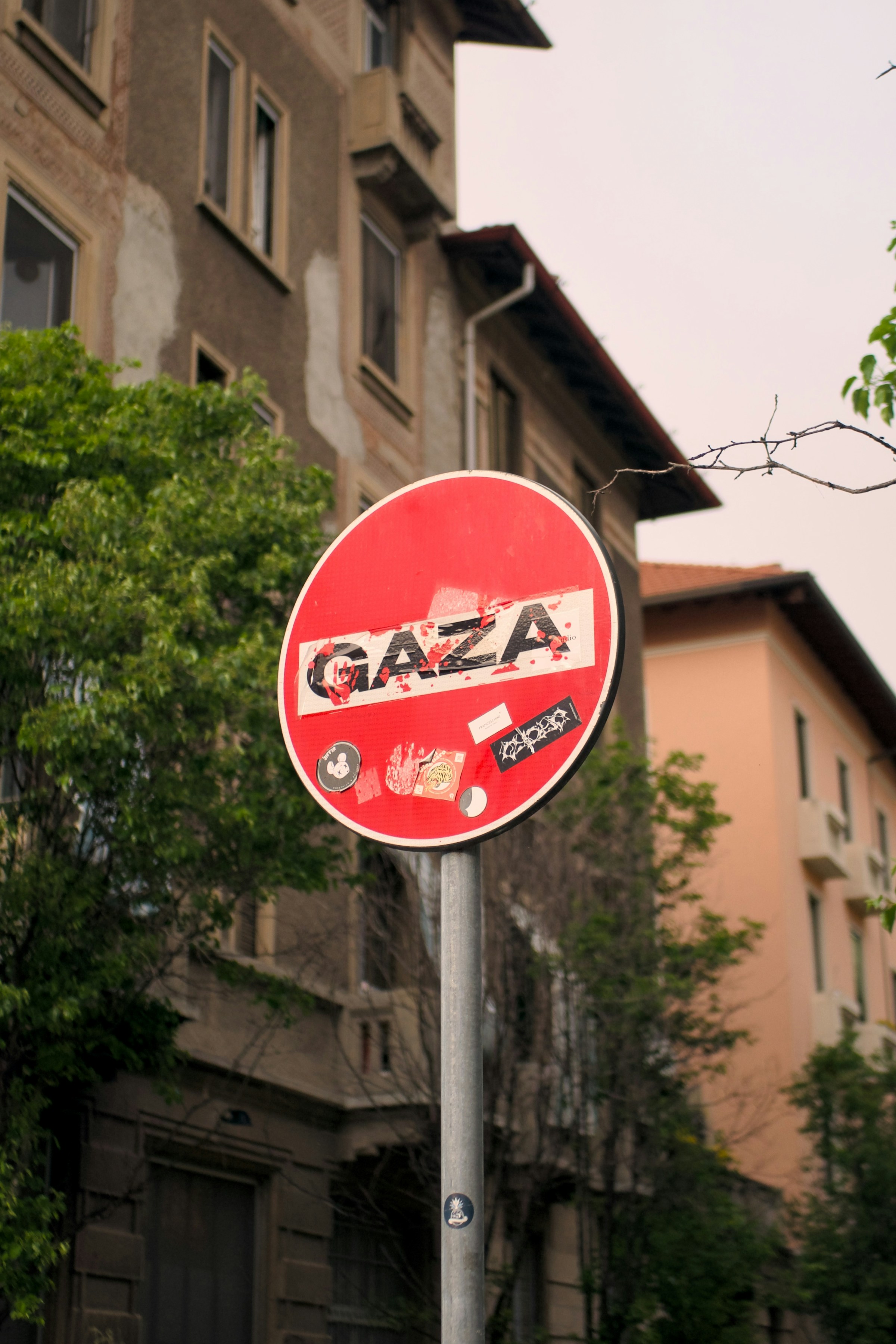Israel’s announcement of a daily “tactical pause” in parts of southern Gaza to facilitate aid delivery appears humanitarian on the surface. But for policy observers and regional actors, the move is more telling as a strategic signal than a temporary operational adjustment. It underscores shifting regional pressure, coordination fatigue among humanitarian stakeholders, and a recalibration of Israel’s risk posture—especially as cross-border friction with Hezbollah continues to simmer.
This isn’t a ceasefire. It’s a signal of operational bandwidth constraint, regional reputational management, and pre-emptive posture conditioning for upcoming international forums.
The daily pause—seven hours long and confined to a defined aid corridor—was introduced unilaterally by the Israeli military. Officially, it aims to allow humanitarian aid to flow more predictably along the Rafah corridor toward Khan Younis. However, the mechanics of the pause suggest it’s not a ceasefire mechanism nor part of a broader de-escalation roadmap. Fighting continues elsewhere in Gaza, and the Israeli government was quick to distance the move from any political or diplomatic negotiations.
What it reflects is a narrowing of operational latitude: growing US and EU pressure, rising casualties, and a deteriorating aid distribution system that has fractured the humanitarian confidence of key Gulf partners. In effect, the “pause” appears designed to preempt international scrutiny while managing logistical friction—not to reset the war calculus.
Israel has deployed similar tactical pauses in past conflicts, including Lebanon in 2006 and Gaza in 2014. The 2024–2025 military campaign has drawn sharper condemnation, however, due to its intensity, duration, and asymmetric toll on civilian infrastructure. Unlike past humanitarian windows, this pause was not tied to Red Cross mediation or UN-administered logistics. It’s a controlled access move—narrowly framed, time-bound, and strategically ambiguous.
By contrast, Gulf actors such as Qatar and the UAE have historically used humanitarian corridors as leverage in regional mediation. The Israeli move, absent any third-party facilitation, may be interpreted as a calculated decoupling from multilateral pressure channels. That raises questions about how much international credibility Tel Aviv is willing to concede in order to preserve unilateral military leverage.
While immediate financial markets may treat this as noise, sovereign wealth observers should track its medium-term signaling impact. The tactical pause, limited though it may be, functions as a diplomatic pressure valve. It helps shield Israel from hardening criticism at the UN and EU, where calls for ceasefire enforcement mechanisms have gained traction. This buys time—not just militarily, but reputationally.
For institutional allocators in the GCC and Asia, this raises quiet but material considerations. Softening of reputational risk may support the continued legitimacy of bilateral infrastructure and energy investments involving Israeli counterparties. Simultaneously, the operational ambiguity—“pause but not ceasefire”—adds complexity for ESG-bound fund strategies and Western institutional investors navigating exposure to the conflict through defense or reconstruction-linked equities.
Capital reallocation away from Israeli risk remains limited but watchable. Bond spreads have not widened materially, but reputational screens in European institutional mandates are tightening. The tactical pause may function, in part, to prevent capital outflows from compounding policy isolation.
The move also plays into the evolving calculus of soft power influence in the region. As Saudi Arabia, the UAE, and Qatar expand their diplomatic presence through humanitarian channels, Israel’s unilateral pause can be read as a counterweight maneuver—an attempt to show operational control without conceding ground in ceasefire diplomacy.
There’s also a subtle coordination play at work: aligning aid timing with US air-drop or land-delivery schedules, minimizing disruption to Egyptian and Jordanian logistics, and preserving the optics of agency for the IDF. By choosing the Rafah corridor—a critical bottleneck—the policy recalibrates not just the flow of goods but the perception of control.
The friction point is that this pause may be viewed by regional players not as de-escalation but as containment. It softens pressure without resolving its structural cause: the war’s civilian toll and growing fragmentation of Gaza’s governance vacuum.
This daily pause is not a step toward peace. It’s a risk management instrument—designed to de-escalate international scrutiny, preserve operational agility, and manage capital sentiment. For sovereign fund strategists, it signals:
- A calibrated effort to stall reputational and regulatory headwinds
- Pre-positioning ahead of further international pressure at upcoming forums (e.g. UNGA, IMF-WB Fall Meetings)
- A recognition of soft power competition with Gulf states through humanitarian legitimacy
The tactical ambiguity of the move allows Israel to maintain operational leverage while projecting humanitarian awareness. For capital watchers, this posture may appear cosmetic—but it reflects a subtle shift in how regional actors are navigating the optics of protracted conflict.














